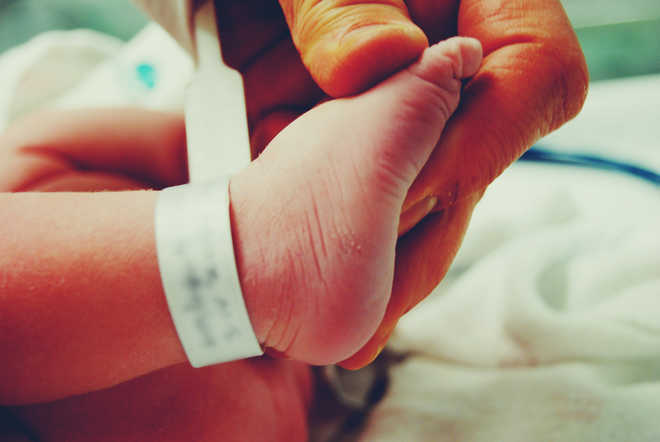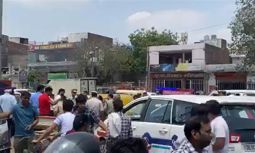
Photo for representational purpose only. Thinkstock
WASHINGTON: Scientists have created a robot which can be implanted into a baby’s body to treat a rare birth defect that affects the food pipe.
The prototype robotic implant, developed by the researchers at Harvard Medical School and Boston Children’s Hospital in the US, encourages tissue growth in babies.
The robot is a small device which is attached to the oesophagus by two rings. An incorporated motor then stimulates the cells by gently pulling the tissue.
Using two types of sensors - one to measure the tension in the tissue and another to measure tissue displacement - the robot monitors and applies tissue traction depending on the tissue properties.
The robot’s function is inspired by the Foker technique of correcting the oesophageal atresia which involves manually pulling the tissue slowly using sutures over a period of time.
“Doctors have been performing the Foker procedure as they realised that tissue lengthening can be achieved by pulling on the tissue,” said Dana Damian, from University of Sheffield.
However, it is unknown how much force should be applied to produce tissue lengthening.
Although the technique is one of the best standards, sometimes the sutures surgeons attach to the oesophagus can tear which can result in repetitive surgeries or scar tissue can form that can cause problems for the patient in the future.
“The robot we developed addresses this issue because it measures the force being applied and can be adapted at anytime throughout the treatment,” said Damian.
“With it being implanted in the patient, it means they have - in effect - a doctor by their side all the time, monitoring them and changing their treatment when needed,” she said.
Oesophageal atresia is a rare genetic disease which affects about one in 4,000 babies born in the US and Europe.
It occurs when the upper and lower parts of the oesophagus do not connect, which means food cannot reach the stomach.
Some of these cases are characterised by a gap between three and 10 cm between the oesophageal stubs, called long gap oesophageal atresia.
The treatment of these cases using Foker technique can start as early as three months old and can take months.
Usually, the patient is sedated during the treatment to ensure the sutures in place do not tear.
The study suggests that with this robot, babies would be free to move around and be allowed to interact with their parents while undergoing treatment, taking away some of the stress from both parties.
The implant is powered by a control unit which remains outside of the body, attached to a vest. This means that doctors can monitor the patient without impacting on the baby’s routine. PTI



























